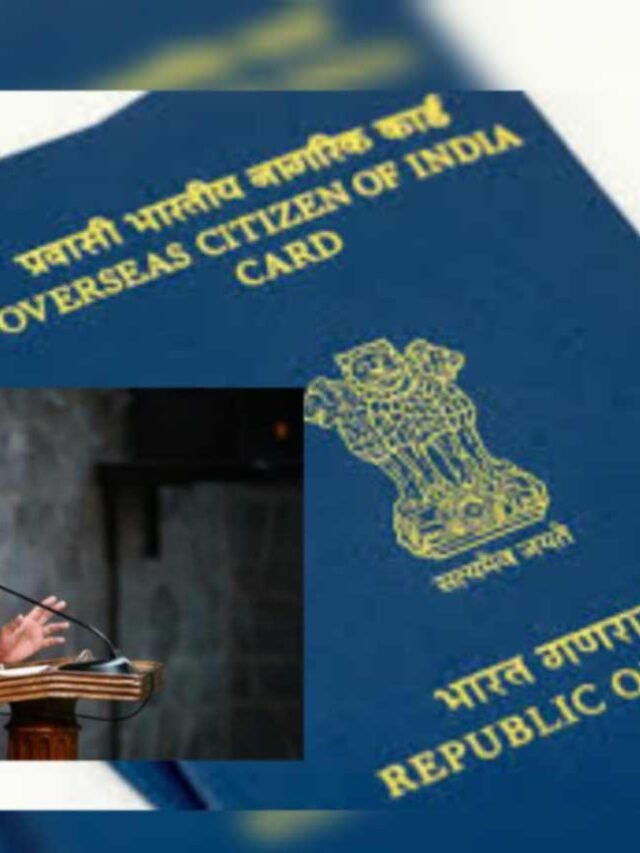India has implemented four new labour codes—Code on Wages, Industrial Relations Code, Social Security Code, and OSHWC Code—replacing 29 earlier labour laws. This article explains the reform, major changes, advantages, and compliance tips for employers, HR teams, and workers.
Introduction
India is in a significant new stage of labour regulation after the introduction of four new Labour Codes, which do away with 29 older labour laws. The labour law reform, which has been referred to as the most important since independence, intends to do away with the old fragmented labour-law framework and update it to be more applicable to contemporary employment systems. The main body of workplace regulations in India is mostly covered by the four labour codes, which are
- Code on Wages, 2019
- Industrial Relations Code, 2020
- Code on Social Security, 2020
- Occupational Safety, Health and Working Conditions (OSHWC) Code, 2020
The reform officially commenced its work on 21 November 2025 and will affect employers, HR departments, employees, trade unions, industries, startups, gig platforms, and MNCs that are operating in India.
Why this change matters
The older labour law structure in India was highly complex — different industries followed different acts, definitions of workers varied between laws, and compliance procedures were often confusing. The new labour codes resolve these problems by:
- Merging multiple laws into a simplified framework
- Reducing overlapping and contradictory provisions
- Ensuring uniform definitions such as “wages,” “worker,” and “employer”
- Making it easier for companies to follow compliance rules
- Strengthening the rights and welfare of workers across all sectors
The reform intends to create a balanced environment where workers receive stronger protections, while businesses get clearer, easier, and digital-friendly regulatory procedures.
Highlights of each labour code
Code on Wages, 2019
- Introduces a universal minimum wage floor across India
- Ensures equal pay for equal work for all genders
- Standardises timelines and methods of wage payment
- Eliminates inconsistent wage definitions previously scattered across laws
Industrial Relations Code, 2020
- Introduces clarity in handling layoffs, retrenchments, and dispute resolution
- Reduces conflict and promotes negotiated settlements at the workplace
- Recognises the role of trade unions and sets clear rules for registration and functioning
Code on Social Security, 2020
- Expands social security to gig workers, platform workers, and fixed-term employees
- Promotes portability of benefits when a worker moves between states or jobs
- Strengthens access to retirement, insurance, and maternity benefits
OSHWC Code, 2020
- Consolidates workplace safety and health regulations across sectors
- Makes safety rules applicable to industries such as factories, construction, mines, plantations, and logistics
- Allows women to work night shifts with mandatory safety arrangements
- Focuses on hygienic working conditions, working hours, and on-site facilities
What businesses and HR teams must do now
- Update appointment letters, HR manuals, and employment contracts
- Recalculate salaries based on the new “wages” definition, which affects PF, gratuity, and allowances
- Review layoff/disciplinary/termination procedures in light of the Industrial Relations Code
- Conduct workplace safety and compliance audits for OSHWC Code requirements
- Register workers—including fixed-term, gig, and platform workers—under relevant social security schemes
- Track state-specific rules and notifications as implementation evolves over time
This transition period is crucial, as non-compliance could result in penalties. Many organizations are also training HR staff to understand the codes thoroughly.
How workers benefit
- Minimum wage and timely payment protections become clearer
- Social security benefits apply to a wider category of workers
- Fixed-term employees become eligible for gratuity after one year of service
- Workplace safety and welfare standards become enforceable rather than optional
- Women gain more professional freedom with expanded working-hour eligibility
Workers are advised to stay informed and verify whether their employer is updating employment documents and benefits as per the new rules.
Frequently Asked Questions (FAQ)
Why were the codes created?
The codes were created to simplify the difficult and complicated labour laws, to make compliance with them easier, and to increase the welfare and security of the workers.
Are the new codes applicable to contract and gig workers?
Yes. Labour regulations in India have, for the first time, formally recognized gig, platform, and fixed-term workers, thereby granting them access to social security benefits.
Are the old labour laws still in force?
There aren’t any old labour laws. The 29 central labour laws that were referred to have been abolished and replaced by the four labour codes. However, they will still be implemented until the rules are notified.
What is the next step for workers?
The next step for workers is to ensure that they receive their appointment letters, that their wages are paid in accordance with the minimum wage rules, and that they are covered by safety and social security benefits.
Conclusion
The changes brought about by the four labour codes herald a fresh chapter in India’s employment landscape. The reforms are an amalgamation of straightforwardness, transparency, and worker welfare, along with easier compliance and acknowledgment of a modern workforce. In the coming year, companies and HR departments will undergo a significant procedural change, while employees will gradually enjoy regulated wages, enhanced protections, and broader benefits.

























